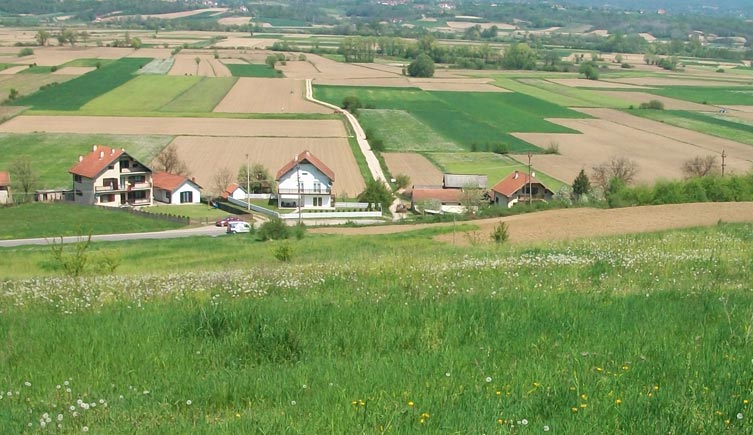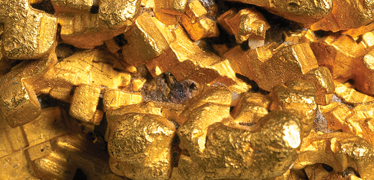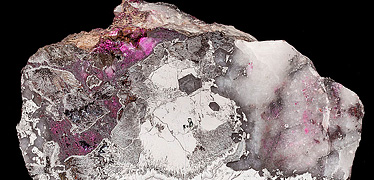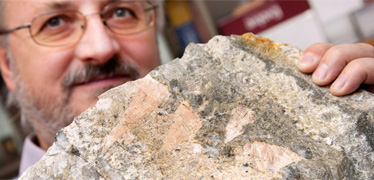The Jadar Li-B deposit, Serbia

View over the Jadar basin, Serbia. The buried lithium-boron resource is formed of subhorizontal layers in former lake sediments up to several hundred metres below the Earth’s surface.
Project summary
- Focus: Informing the development of better processing technologies for lithium-boron (Li-B) deposits
- Funding: Rio Sava and the Natural History Museum
Museum scientists are studying the genesis of the Jadar lithium-boron (Li-B) deposit in Serbia, which represents the type locality and only recorded occurrence of the mineral jadarite (Stanley et al, 2007). Their work will inform the development of better processing technologies and exploration models for this deposit type.
The Jadar deposit, discovered in 2004 by Rio Tinto, contains two unusual monoclinic boron-bearing minerals, jadarite (LiNaSiB3O7(OH)) and searlesite (Na(H2BSi2O7)). These minerals contain significantly more silicon dioxide than the other boron-bearing minerals, most notably colemanite, within which they occur.
The absence of these minerals in other intermontane lacustrine evaporite-type deposits suggests that the Jadar deposit was formed by atypical mineralisation processes. This project will investigate these processes with the aim of better understanding the genesis of such deposits.
We are investigating the mineralising processes that produce jadarite and searlesite, and identifying sources of lithium (Li), boron (B) and silicon dioxide (SiO2) in the system, in a bid to develop better processing and exploration technologies.
Museum staff
- Dr Robin Armstrong
- Dr Rachael Norman
Collaborators
Critical elements projects
This project is part of the critical elements project within the Museum's sustainability initiative. Other projects include:
Funded by

Related projects

Sustainability
We are exploring new sources of food, predicting the spread of disease and finding scarce elements

Economic and environmental earth sciences research
Researching the formation, discovery and sustainability of Earth's resources

Ores collection
The collection contains over 15,000 specimens and is a valuable resource for the field of economic geology


